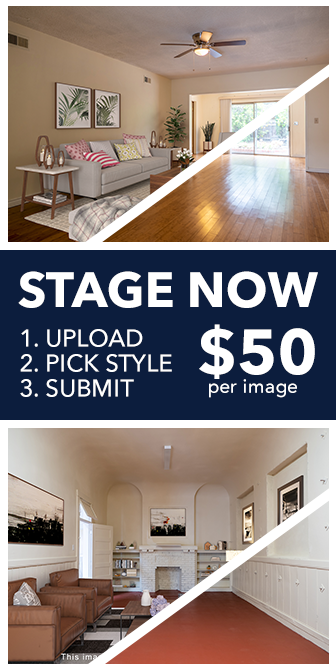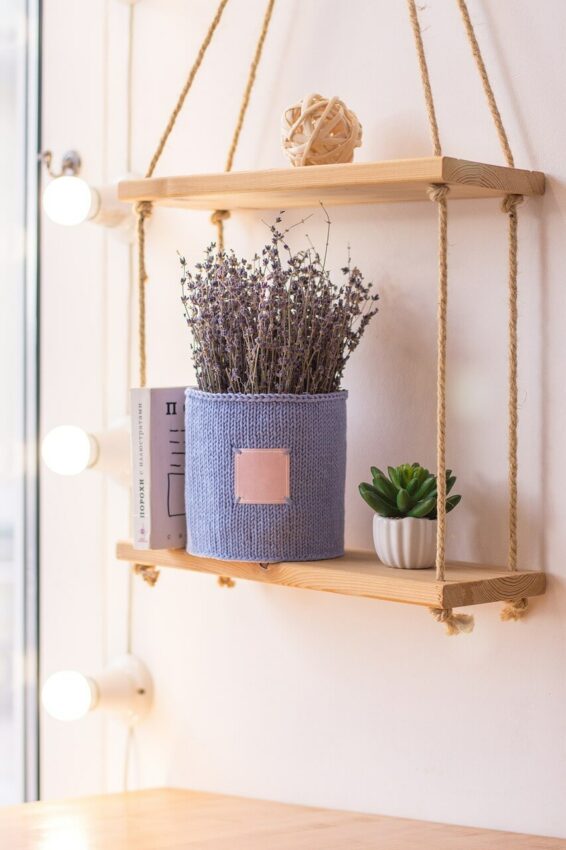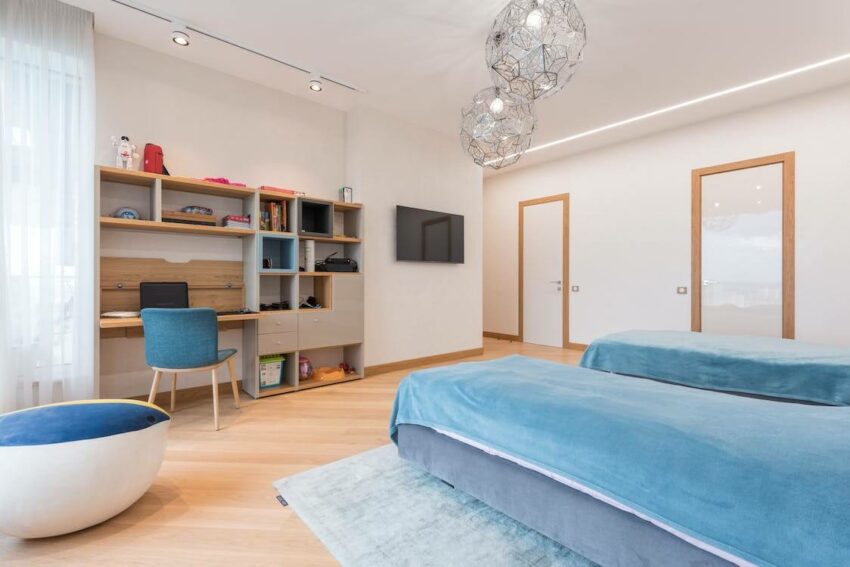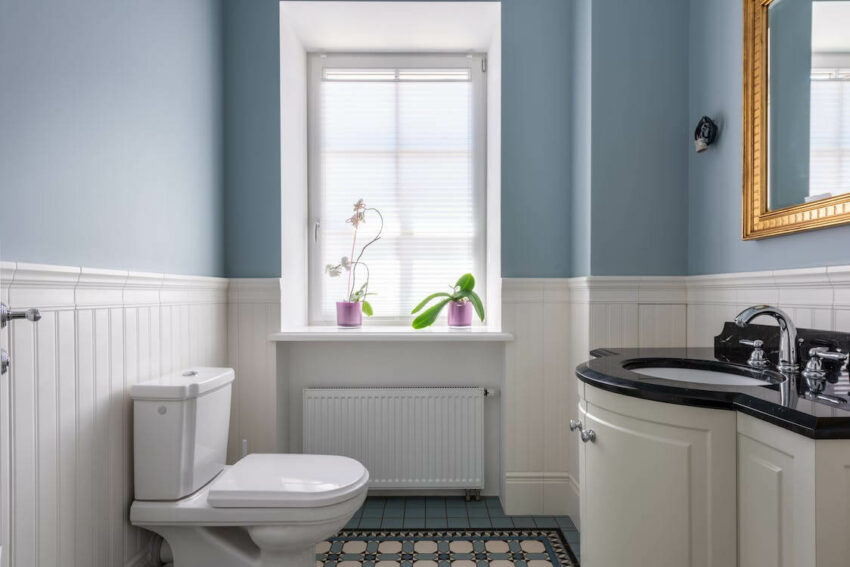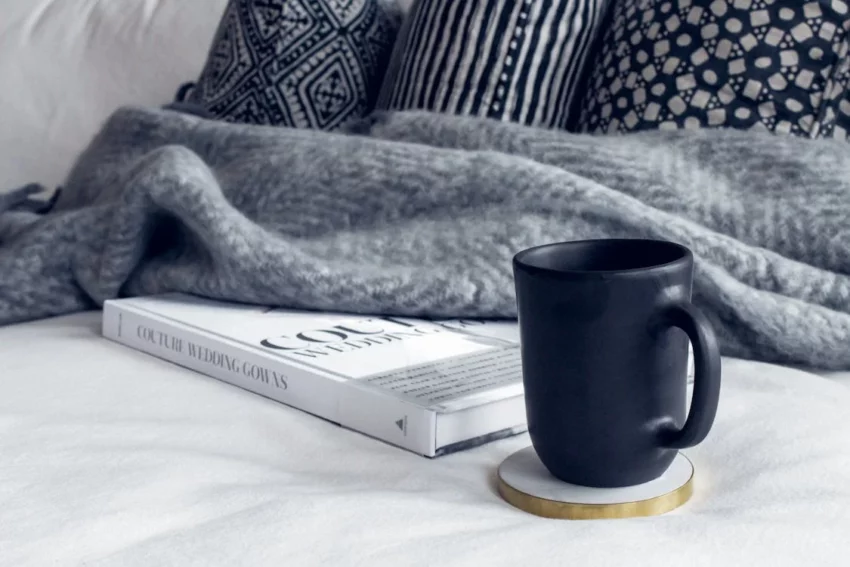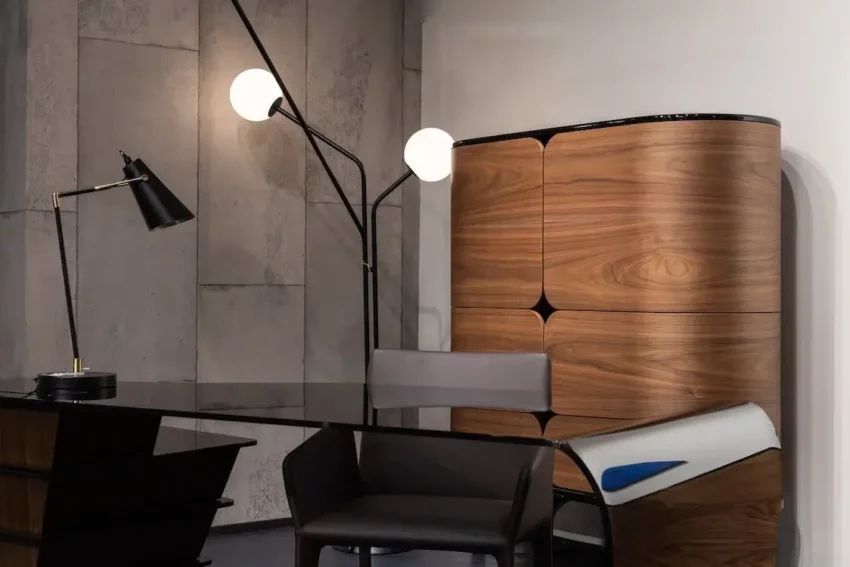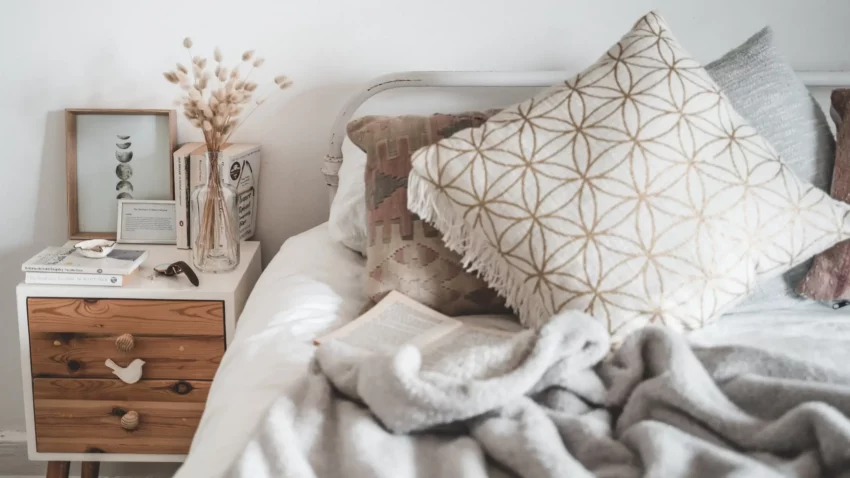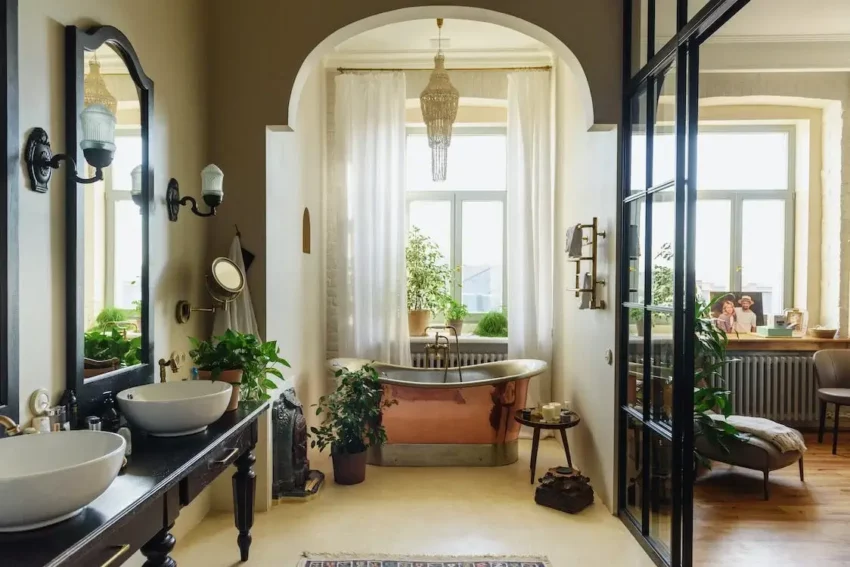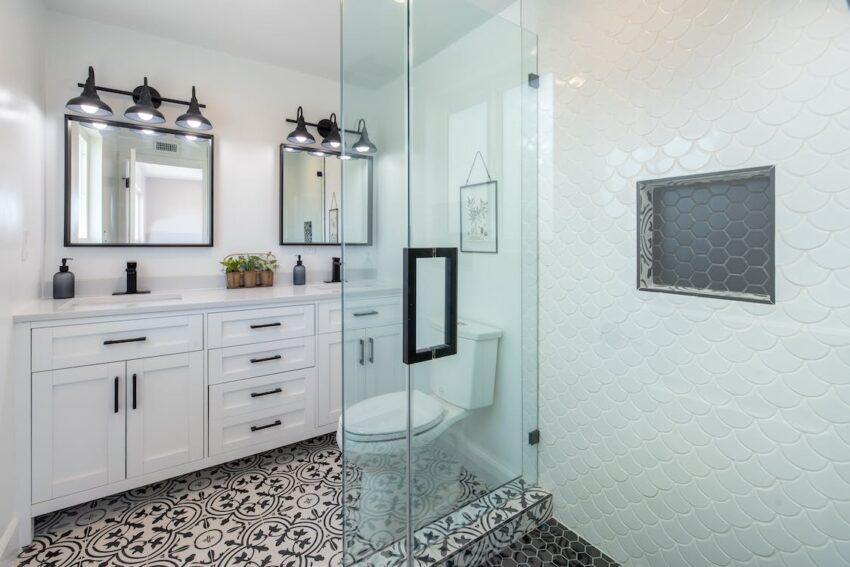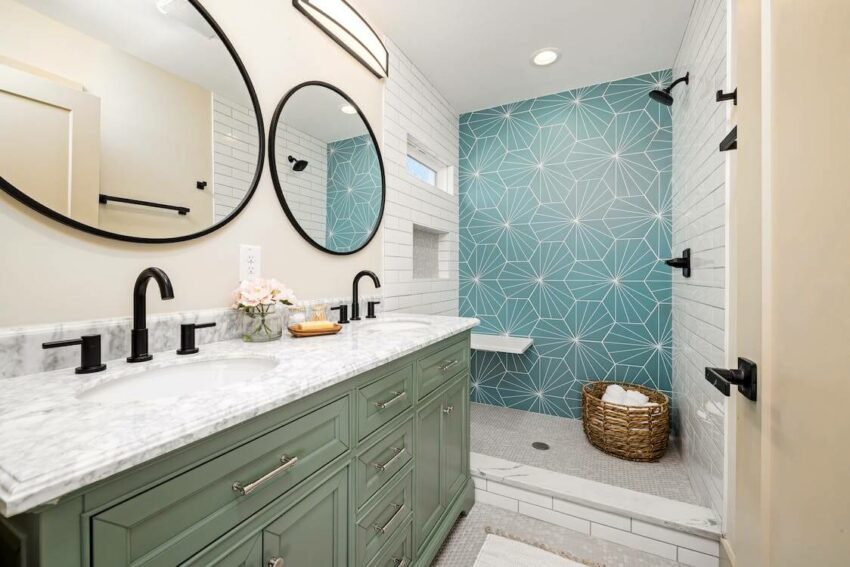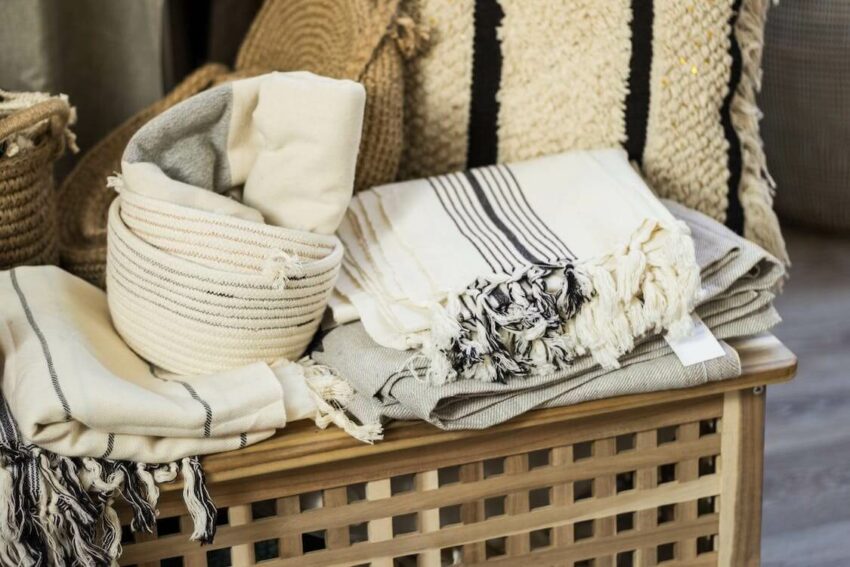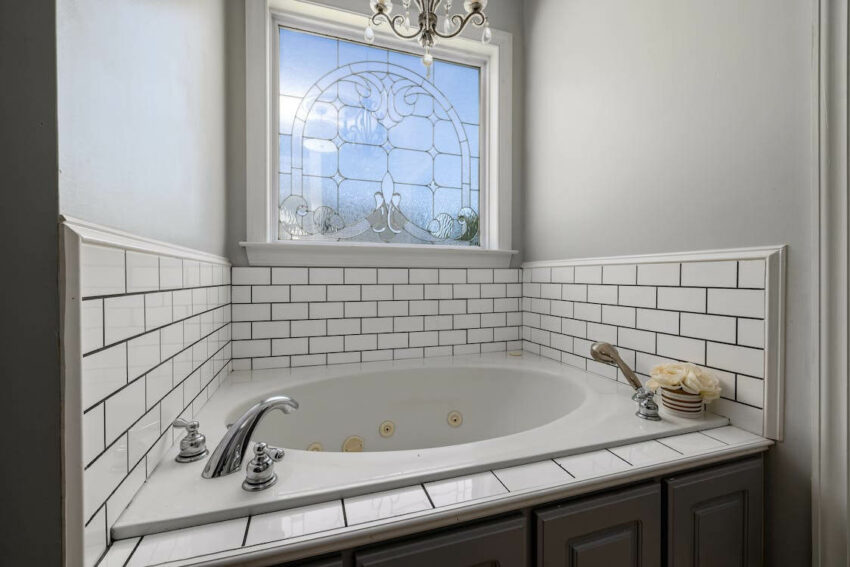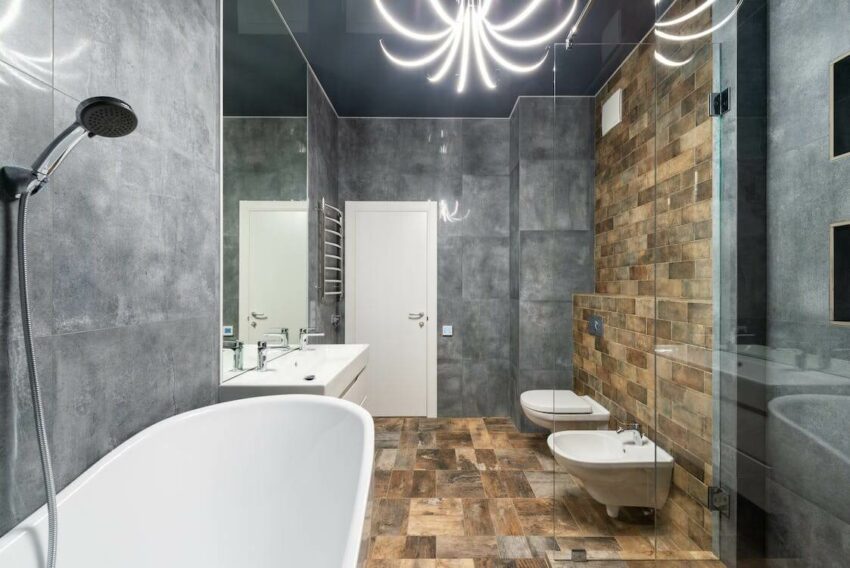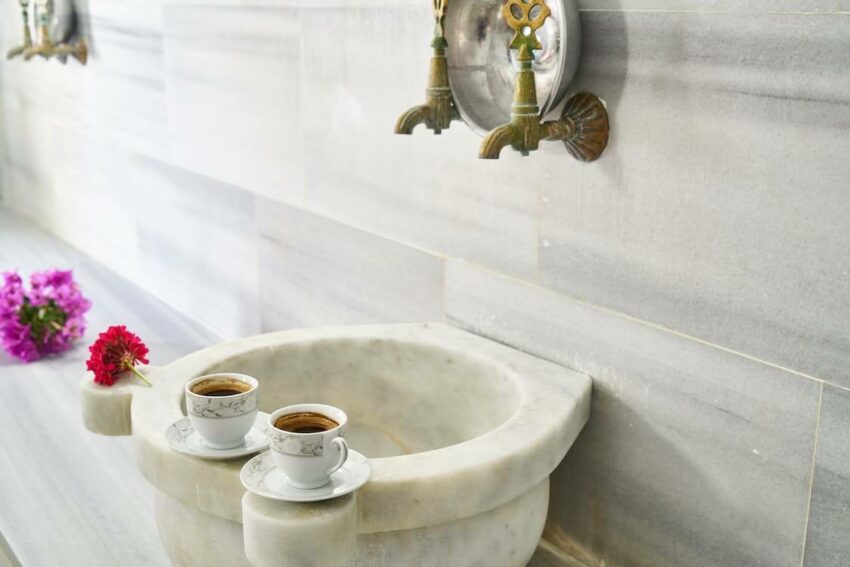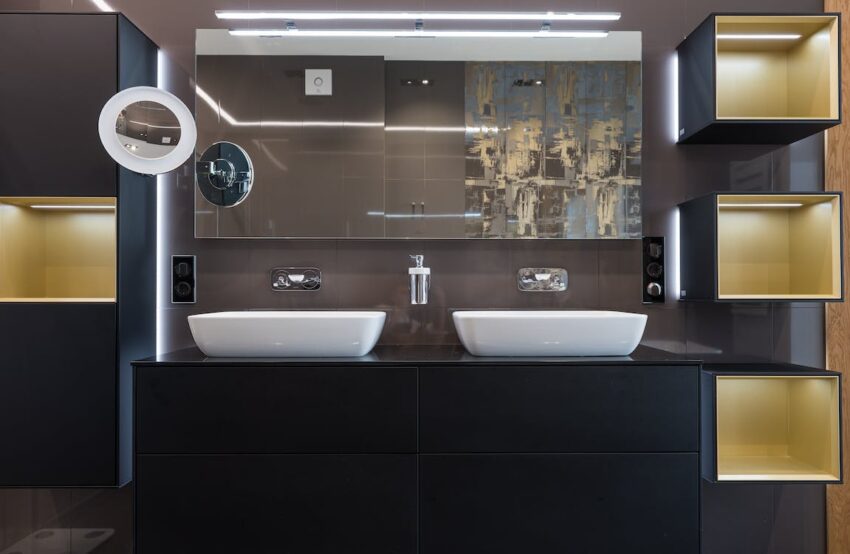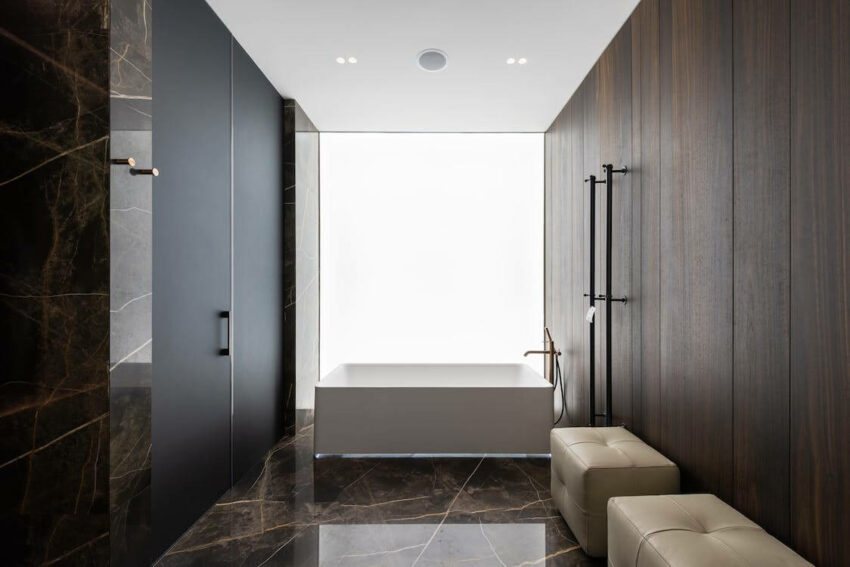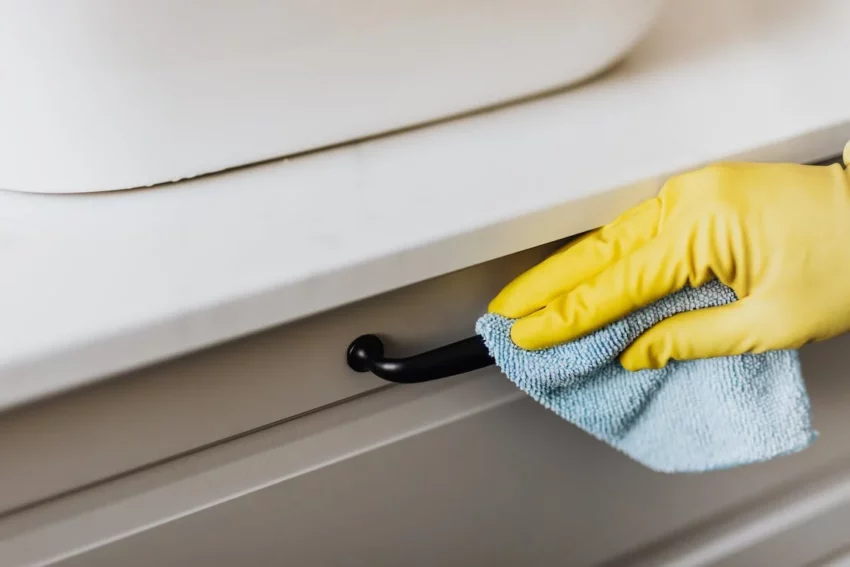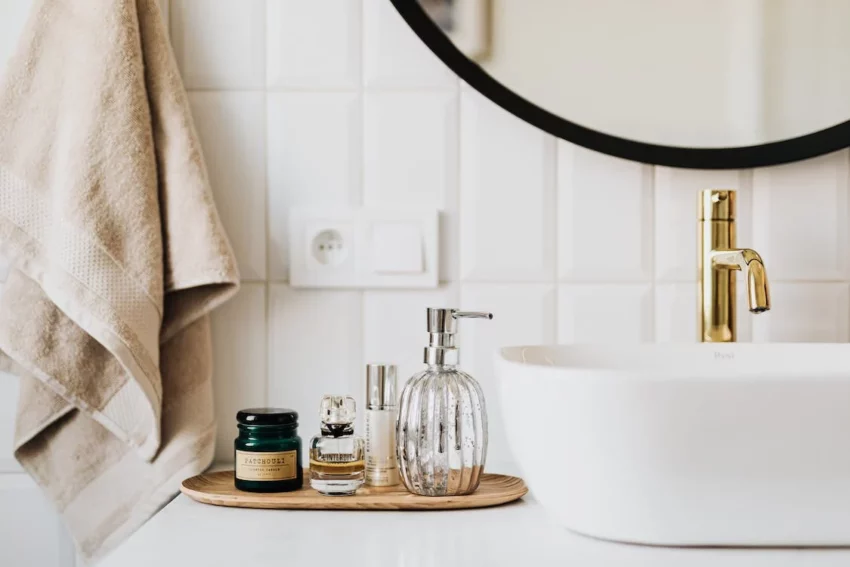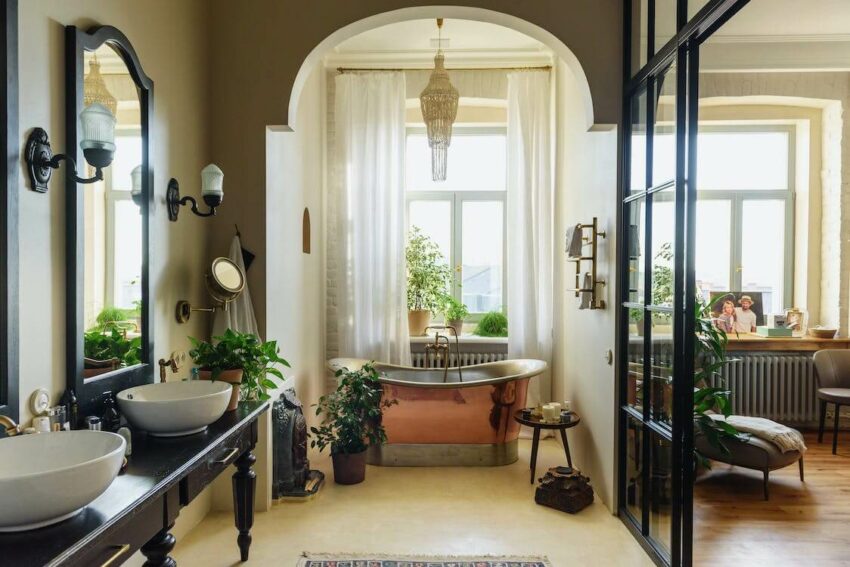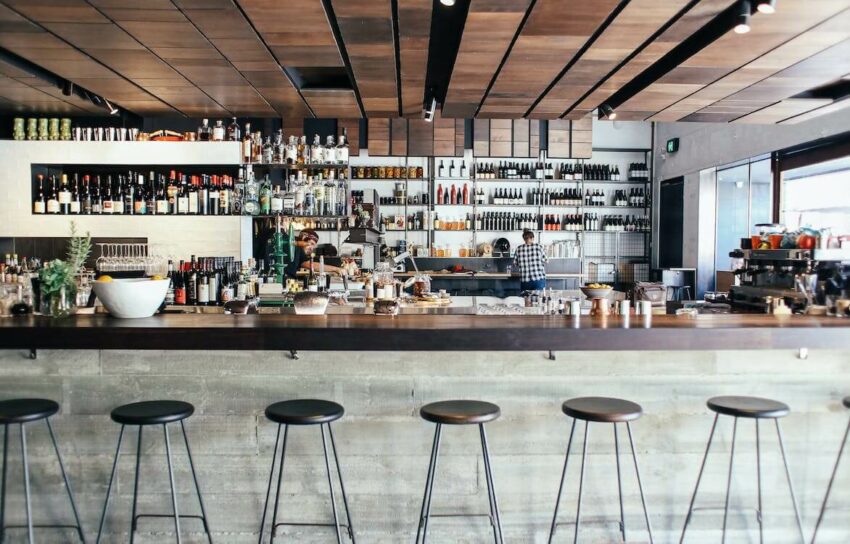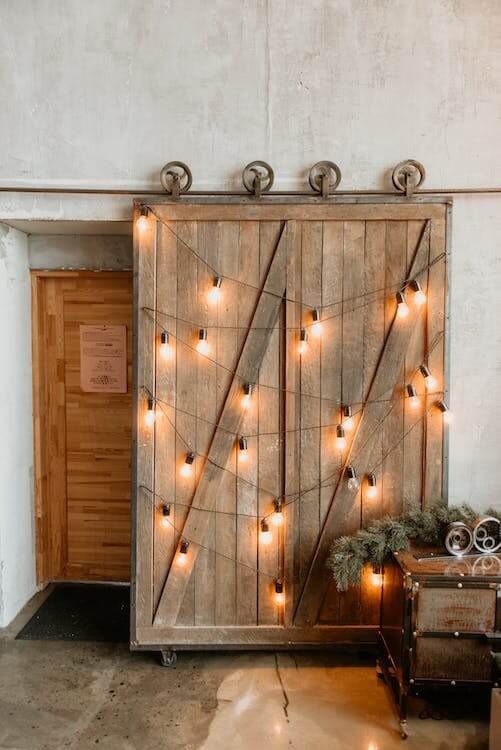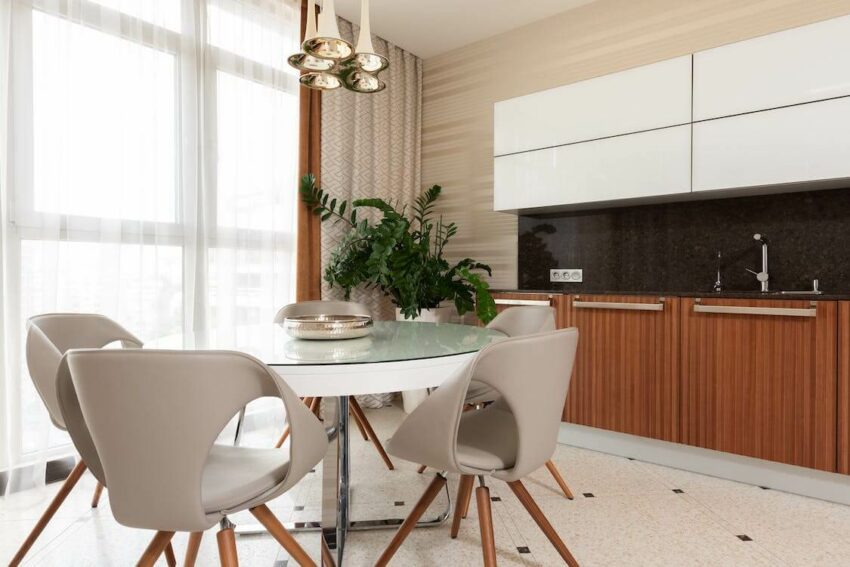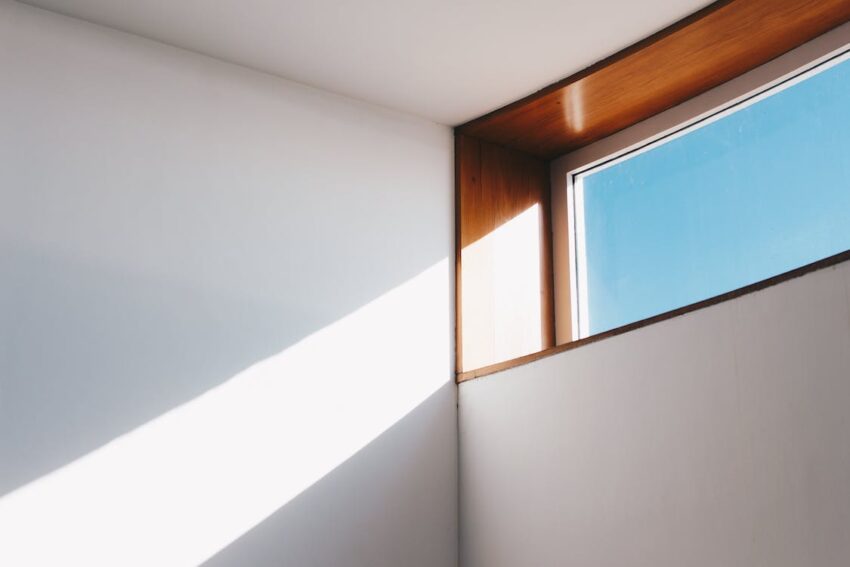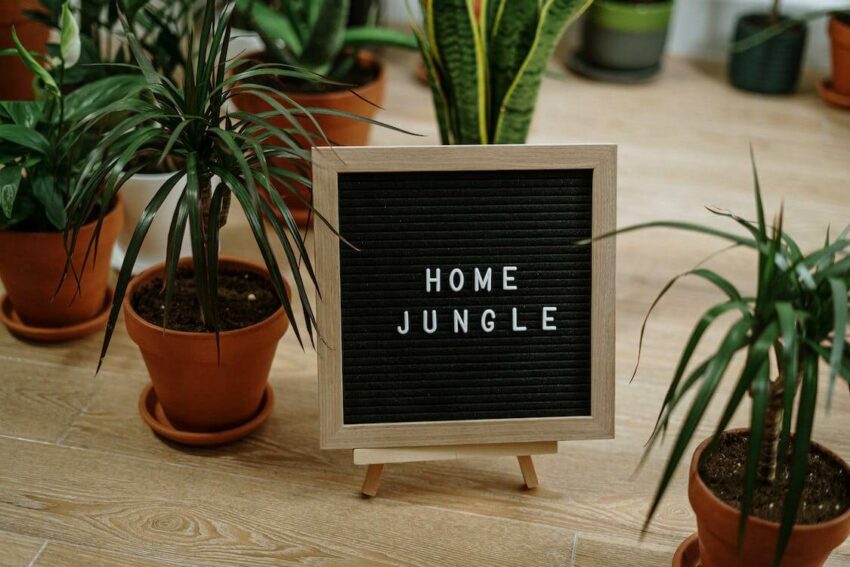“Stage your home for success – get the best price!”
Introduction
Staging your home for sale is an important step in the home selling process. It can help you get the best price for your home and make it stand out from the competition. Staging your home can involve anything from decluttering and rearranging furniture to making minor repairs and updates. It can also involve adding a few decorative touches to make your home more inviting and appealing to potential buyers. With the right staging techniques, you can make your home look its best and attract more buyers.
How to Maximize Curb Appeal When Staging Your Home for Sale
When it comes to selling your home, first impressions are everything. Maximizing your home’s curb appeal is a great way to make sure potential buyers are drawn in from the moment they arrive. Here are some tips to help you stage your home for sale and make sure it looks its best from the outside.
1. Start with the basics. Make sure your lawn is mowed, the hedges are trimmed, and the flower beds are weeded. If you have a driveway, power wash it to get rid of any dirt or grime.
2. Add some color. Plant some flowers or shrubs to add a pop of color to your yard. Choose plants that are easy to maintain and will look good all year round.
3. Spruce up your front door. Give your front door a fresh coat of paint and add a new doormat and house numbers. This will make your home look more inviting and give it a more polished look.
4. Make sure your windows are sparkling. Clean your windows inside and out to make sure they are sparkling and free of streaks.
5. Add some outdoor furniture. Place a few pieces of outdoor furniture on your porch or patio to give potential buyers an idea of how they can use the space.
6. Light it up. Add some outdoor lighting to make your home look more inviting at night.
By following these tips, you can make sure your home looks its best and maximize its curb appeal when you’re staging it for sale. Good luck!
Tips for Decluttering and Depersonalizing Your Home Before Staging
1. Start with the main living areas. Begin by decluttering and depersonalizing the main living areas of your home, such as the living room, dining room, and kitchen. Remove any excess furniture, knick-knacks, and personal items that make the space feel cluttered and busy.
2. Clear out the closets. Closets are often a major source of clutter. Take the time to go through your closets and remove any items that you don’t need or use. This will help make the space look more organized and inviting.
3. Remove personal items. Personal items such as family photos, artwork, and mementos should be removed from the home. This will help potential buyers envision themselves living in the space.
4. Declutter the walls. Take a look at the walls in your home and remove any excess artwork, mirrors, or other items that make the space feel cluttered.
5. Clean and organize. Once you’ve decluttered and depersonalized your home, it’s time to give it a good cleaning. Make sure to dust, vacuum, and mop all the floors and surfaces.
6. Add some staging touches. Once your home is decluttered and depersonalized, you can add some staging touches to make it look more inviting. This could include adding some fresh flowers, a few pieces of artwork, or a few decorative pillows.
By following these tips, you can easily declutter and depersonalize your home before staging. This will help make your home look more inviting and appealing to potential buyers.
Creative Ways to Utilize Furniture and Accessories When Staging Your Home
Staging your home is a great way to make it look attractive and inviting to potential buyers. Furniture and accessories can be used to create a warm and inviting atmosphere that will make buyers feel at home. Here are some creative ways to utilize furniture and accessories when staging your home:
1. Create a focal point. Use a large piece of furniture, such as a sofa or armchair, to create a focal point in the room. Place it in the center of the room and accessorize it with a few colorful pillows or a throw blanket. This will draw the eye and make the room look inviting.
2. Add a touch of color. Use colorful accessories, such as rugs, curtains, and artwork, to add a splash of color to the room. This will make the room look more vibrant and inviting.
3. Utilize lighting. Lighting can be used to create a cozy atmosphere in the room. Place lamps in strategic locations to create a warm and inviting atmosphere.
4. Use plants. Place a few plants in the room to add a touch of nature. This will make the room look more inviting and will also help to purify the air.
5. Rearrange furniture. Rearranging furniture can make a room look larger and more inviting. Move furniture away from the walls and create conversation areas to make the room look more inviting.
These are just a few creative ways to utilize furniture and accessories when staging your home. With a little creativity, you can make your home look inviting and attractive to potential buyers.
The Benefits of Professional Home Staging Services
Are you looking to sell your home quickly and for the best possible price? Professional home staging services can help you achieve your goals! Home staging is the process of preparing a home for sale by making it look its best. Professional home staging services can help you maximize the potential of your home and make it more attractive to potential buyers.
The benefits of professional home staging services are numerous. First, staging your home can help you get the best possible price for your home. Professional stagers know how to highlight the best features of your home and make it look its best. They can also help you de-clutter and organize your home to make it look more spacious and inviting.
Second, professional home staging services can help you sell your home faster. Staged homes tend to sell more quickly than non-staged homes. This is because staged homes look more attractive and inviting to potential buyers. Professional stagers can also help you create a sense of flow throughout your home, making it easier for buyers to envision themselves living there.
Third, professional home staging services can help you reduce stress. Selling a home can be a stressful process, but professional stagers can help you make the process easier. They can help you de-clutter and organize your home, as well as make it look its best. This can help you feel more confident and in control of the process.
Finally, professional home staging services can help you save money. Staging your home can help you get the best possible price for your home, which can save you money in the long run. Professional stagers can also help you avoid costly repairs and renovations that may not be necessary.
Professional home staging services can help you get the best possible price for your home and sell it faster. They can also help you reduce stress and save money. If you’re looking to sell your home quickly and for the best possible price, consider hiring a professional home stager today!
How to Stage Your Home on a Budget
Staging your home on a budget doesn’t have to be a daunting task! With a few simple tips and tricks, you can make your home look like a million bucks without breaking the bank. Here are some great ways to stage your home on a budget:
1. Declutter and organize. The first step to staging your home on a budget is to declutter and organize. This will make your home look more spacious and inviting. Take the time to go through each room and get rid of any items that are no longer needed or used.
2. Rearrange furniture. Rearranging furniture can make a huge difference in the look and feel of a room. Try moving furniture around to create a more open and inviting space.
3. Add some color. Adding a few pops of color can make a room look more inviting and cheerful. Try adding some colorful throw pillows, artwork, or even a rug to brighten up the space.
4. Update lighting. Updating the lighting in your home can make a huge difference in the overall look and feel. Try adding some new lamps or overhead lighting to brighten up the space.
5. Refresh the walls. Give your walls a fresh coat of paint or add some new wall art to give the space a new look.
6. Add some plants. Adding some plants to your home can make it look more inviting and add a touch of nature.
Staging your home on a budget doesn’t have to be a difficult task. With a few simple tips and tricks, you can make your home look like a million bucks without breaking the bank. So get creative and have fun!
Q&A
Q: What is staging?
A: Staging is the process of preparing a home for sale by making it look as attractive as possible to potential buyers. This includes decluttering, rearranging furniture, and adding decorative touches to make the home more inviting.
Q: What are the benefits of staging?
A: Staging can help a home sell faster and for a higher price. It can also make a home look more attractive in photos and videos, which can help attract more buyers.
Q: How much does staging cost?
A: The cost of staging can vary depending on the size of the home and the amount of work that needs to be done. Generally, professional staging services can range from a few hundred dollars to several thousand dollars.
Q: What should I do to stage my home?
A: To stage your home, start by decluttering and removing any personal items. Then, rearrange furniture to create a more open and inviting space. Finally, add decorative touches such as fresh flowers, artwork, and rugs to make the home more appealing.
Q: How long should I stage my home for?
A: The length of time you should stage your home for depends on the market conditions and how quickly you want to sell. Generally, it’s best to stage your home for at least a few weeks before listing it for sale.
Conclusion
Staging your home for sale is a great way to make it more attractive to potential buyers and increase its value. It can be a time-consuming and expensive process, but the results are worth it. With the right staging techniques, you can make your home look its best and maximize its sale price.






